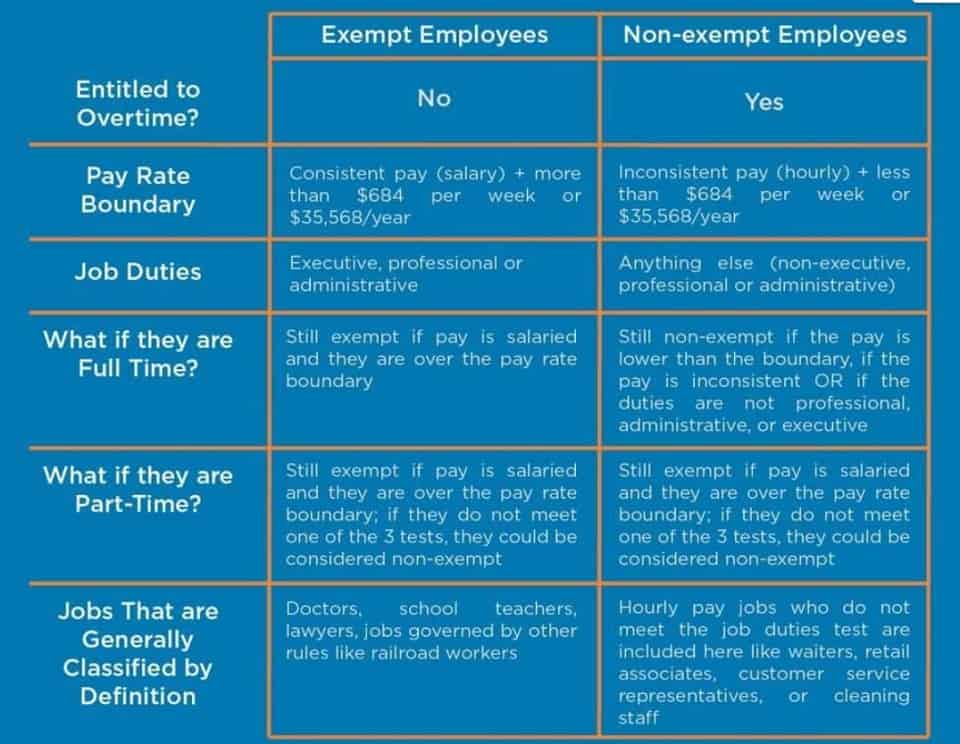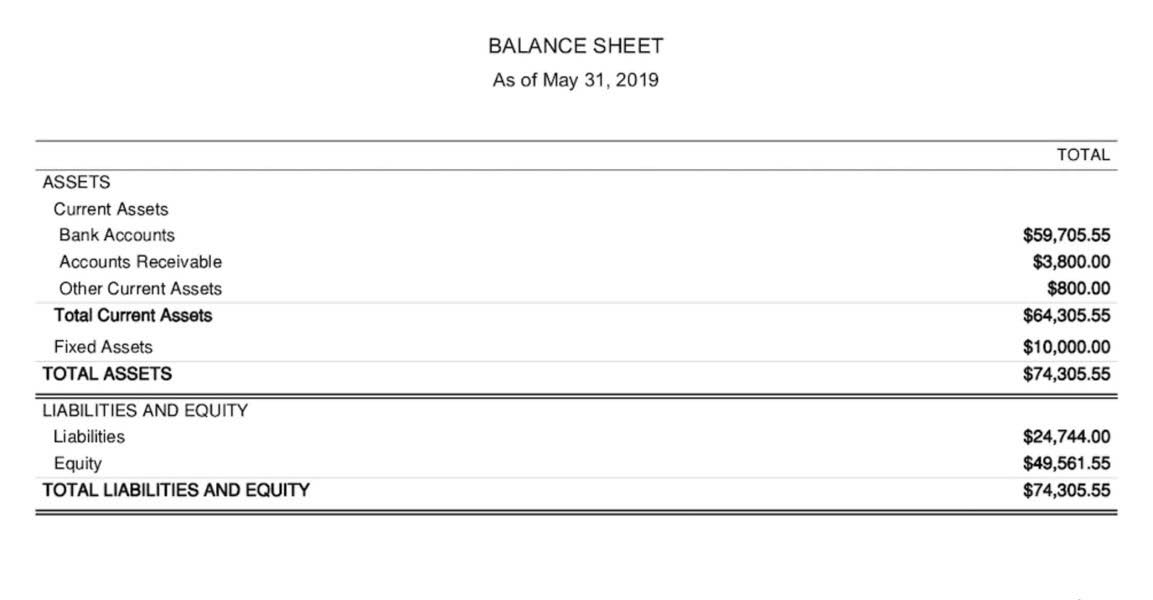
The need for an inventory shrinkage reserve arises when there is a discrepancy between the actual and inventory levels recorded in the accounting system. Once the inventory shrinkage reserve has been calculated, it is recorded as a contra-asset account on the balance sheet. The reserve is then used to offset any losses that may be incurred due to inventory shrinkage. When there is a decrease in inventory value, the loss arising from the adjustment is recorded in the income statement. This loss reduces the company’s bottom line and can create a fluctuation in net income. Through inventory reserves, businesses can estimate future inventory write-downs and record them evenly throughout the year without causing significant fluctuations.
Excess and Obsolete Inventory Reserves

It allows the company to record expenses before the inventory is actually written off, so the expense will spread over the financial statement. It will prevent the expense from hitting a particular accounting period and cause a significant impact on profit. A number of companies, especially in high-tech industry have limited product life cycle and ever reducing market prices for their products. Lead times for the entire supply chain are typically upwards of 3 months and hence companies try to keep some stock against forecast. Rapid developments and fierce competition sometimes leads to excess and/or obsolete inventory, with less demand to consume the available and committed supply (and pipeline). When a company creates an inventory reserve, it sets aside money to cover the cost of any inventory that is not sold.
- Companies report inventory obsolescence by debiting an expense account and crediting a contra asset account.
- Based on the review results, the business may determine that a portion of the inventory is no longer usable and may need to be disposed of or written off.
- This inventory has not been sold or used for a long period of time and is not expected to be sold in the future.
- In our example on inventory write downs, an allowance for obsolete inventory account is created when the value of inventory has to be reduced due to obsolescence.
- Changes are made regularly to what is, and what is not, a generally accepted principle of accounting.
Coverage Across Various Inventory Items

Second, the balance sheet is affected as the value of inventory under current assets decreases. The write-down reduces the carrying amount of inventory to its net realizable value which impacts the total asset value reported. This reduction in assets can affect various financial ratios such as the current ratio and inventory turnover ratio.
- When we recognize inventory loss, we need to credit inventory and debit inventory reserve.
- A number of companies, especially in high-tech industry have limited product life cycle and ever reducing market prices for their products.
- Properly calculating inventory reserves ensures that a business has adequate funds set aside for any unexpected situations that may arise.
- The decline in inventory value also reduces the overall book value of the company.
- Once inventory that is unable to be sold is actually identified it is written down in official recognition of the loss.
What is the Accounting for Obsolete Inventory?
You need to make a best estimate of the cost of inventory that can’t be sold. If you meet both requirements, you should make adjustments for inventory reserves in the income statement and balance sheet (more on that in the succeeding sections). Inventory reserve allows the management to record expenses before the actual loss on the inventory. It helps management to allocate the inventory loss over its life and prevent the impact on any specific accounting period. When actual loss incurs, it will not increase additional expense as company already predicts and record the expense. On 31 Mar 202X, management needs to record inventory write-down expenses based on the management estimation.

Properly calculating inventory reserves ensures that a business has adequate funds set aside for any unexpected situations that may arise. The obsolete inventory percentage is used to derive that portion of inventory that is no longer usable. The percentage should be tracked on a trend line and compared to the results of similar businesses, to see if a company is experiencing an unusually large inventory obsolescence reserve proportion of inventory problems. Trend line tracking can also be used to see if there has been a gradual change over time that should be rectified. An inventory write-off, on the other hand, is inventory that has been deemed worthless based on the actual findings. There are three ways to estimate reserves—you can either estimate them as a percentage of sales or a percentage of gross inventory.
- The business is now concerned that there may be some inventory shrinkage due to theft or damage.
- In the United States, GAAP requires that inventory is stated at replacement cost if there is a difference between the market value and the replacement value, but upper and lower boundaries apply.
- Inventory reserves or allowances are contra accounts as they may partially, fully, or more than fully offset the balance of the inventory account.
- Rather, it changes to reflect changes in regulations and standards employed by businesses operating in different industries throughout the economy as a whole.
- For example, if the business estimates that 5% of its sales will be lost due to excess inventory, and its total annual sales revenue is $1,000,000, the excess inventory reserve would be $50,000 (5% x $1,000,000).
- Rapid developments and fierce competition sometimes leads to excess and/or obsolete inventory, with less demand to consume the available and committed supply (and pipeline).
ABC need to debit inventory write down $ 5,000 and credit inventory reserve $ 5,000. SO the company always estimates the inventory write-down and records it into income statement. Obsolete inventory reduces total current assets, which can weaken liquidity ratios like the current ratio and quick ratio.
What Are the Financial Implications of Obsolete Inventory?
He has a CPA license in the Philippines and a BS in Accountancy graduate at Silliman University. Inventory reserve is an estimate of inventory that will not be sold, while reserve stock is inventory set and held back to meet future demands. At some point, a company will have to concede that they have inventory that can’t be sold. Such would be the case with a pallet of rotten tomatoes in a grocer’s warehouse, for example, or a stock of outdated computer components. When this happens, the company “writes off” those items, meaning it takes them off the books, and the company absorbs the costs.
The journal entry is debiting inventory reserve and credit inventory, the difference between inventory loss and reserve needs to debit to expense (inventory write down). If the actual loss is higher than the estimation, it means the company underestimates the inventory reserve. When we recognize inventory loss, we need to credit inventory and debit inventory reserve. But as the actual loss is higher so the amount of inventory that needs to be credited is higher than the inventory reserve available. When actual inventory writes down incur, the company needs to make a journal entry by debiting inventory reserve and credit inventory. Inventory write-off expenses should be recorded within the time that the company holds inventory.
However, this policy shifts towards a proactive approach, potentially vital in reducing excess and obsolete stock issues for your business. This reserve is set aside to ensure that the business has adequate funds to cover the cost of writing down inventory to its lower of cost or market value. The need for an LCM inventory reserve arises when the market value of inventory declines below its cost. The review may include an analysis of the market demand for the product and the likelihood of the inventory being sold within a reasonable period. Based on the review results, the business may determine that a portion of the inventory is excess and may need to be disposed of or written off. The need for an excess inventory reserve arises when the inventory levels exceed the demand, and the inventory is expected to lose value over time.
Income Statement

They can do this by reviewing paper records or performing a physical inspection. Obsolete inventory ties up capital, increases storage costs, and requires write-downs or write-offs, which reduce net income. It also affects financial ratios and can impact the company’s overall financial health and borrowing capacity. Companies determine inventory obsolescence through regular reviews and analysis of inventory turnover, sales trends, and product lifecycle. Items that have not moved within a certain period, usually based on historical sales data, are flagged for potential obsolescence.
